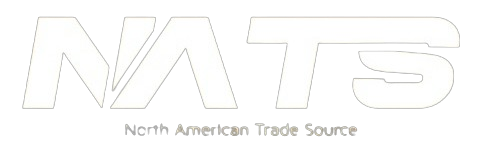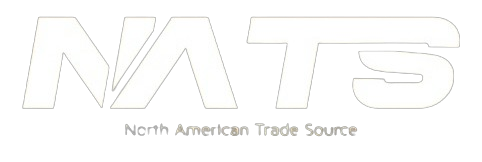A pressure relief valve is designed to automatically open when internal system pressure exceeds a pre-set limit due to fluid expansion, safely releasing excess fluid and pressure to prevent damage.
Thermal relief valves are specifically designed to address small volumes of fluid expansion caused by temperature changes, whereas standard pressure relief valves are built for larger volumes and higher pressure surges.
Industry standards and manufacturers generally recommend visual inspections every three to six months, with full functional testing annually. Highly critical applications may require more frequent checks.
Yes, most pressure relief valves used for thermal expansion are designed to reseal automatically once system pressure returns to a safe level, preventing unnecessary fluid loss and operational disruptions.
Absolutely. Natrade provides pressure relief valves compliant with Malaysian and international standards, including ASME, API, SIRIM, and DOSH certifications.

